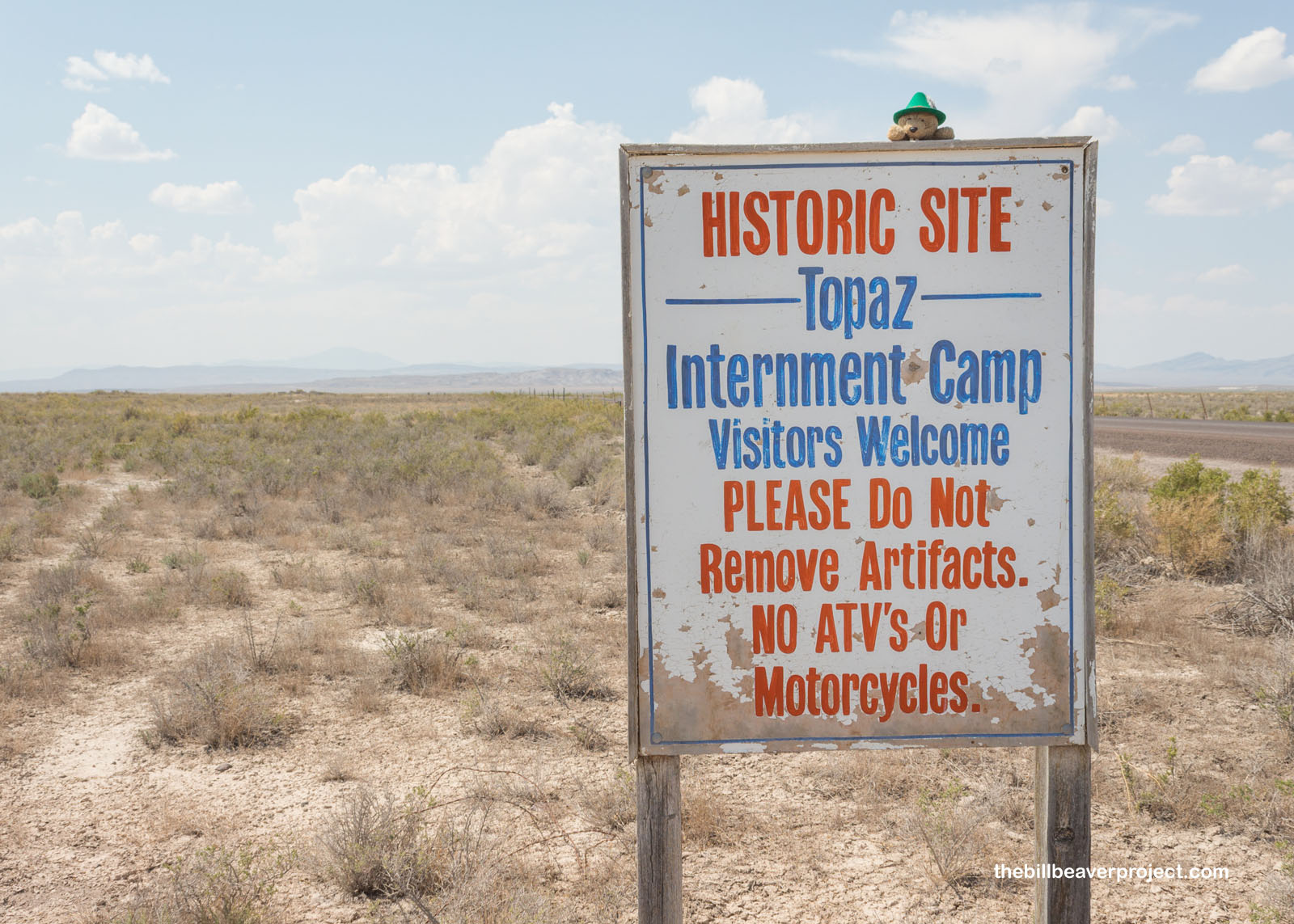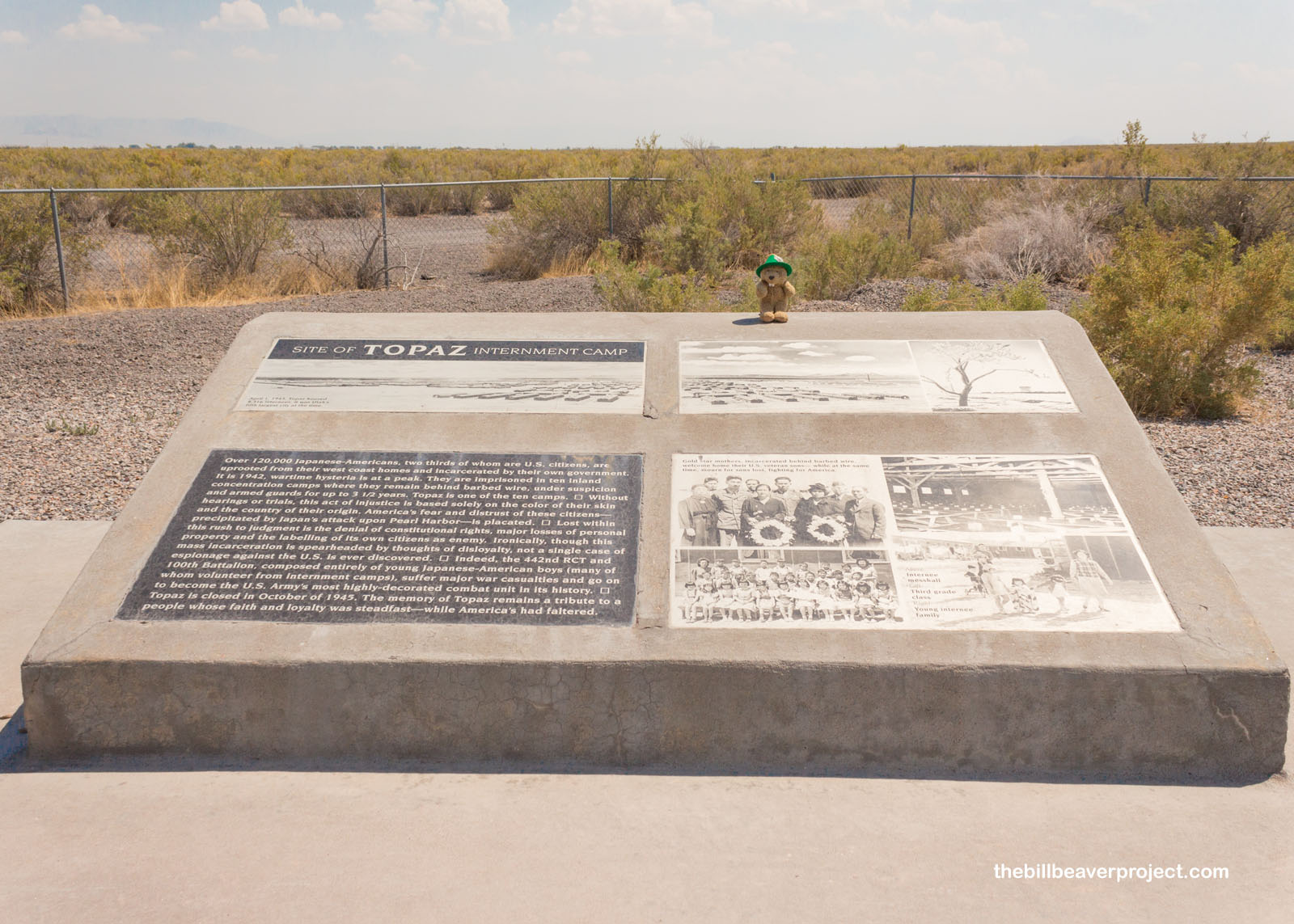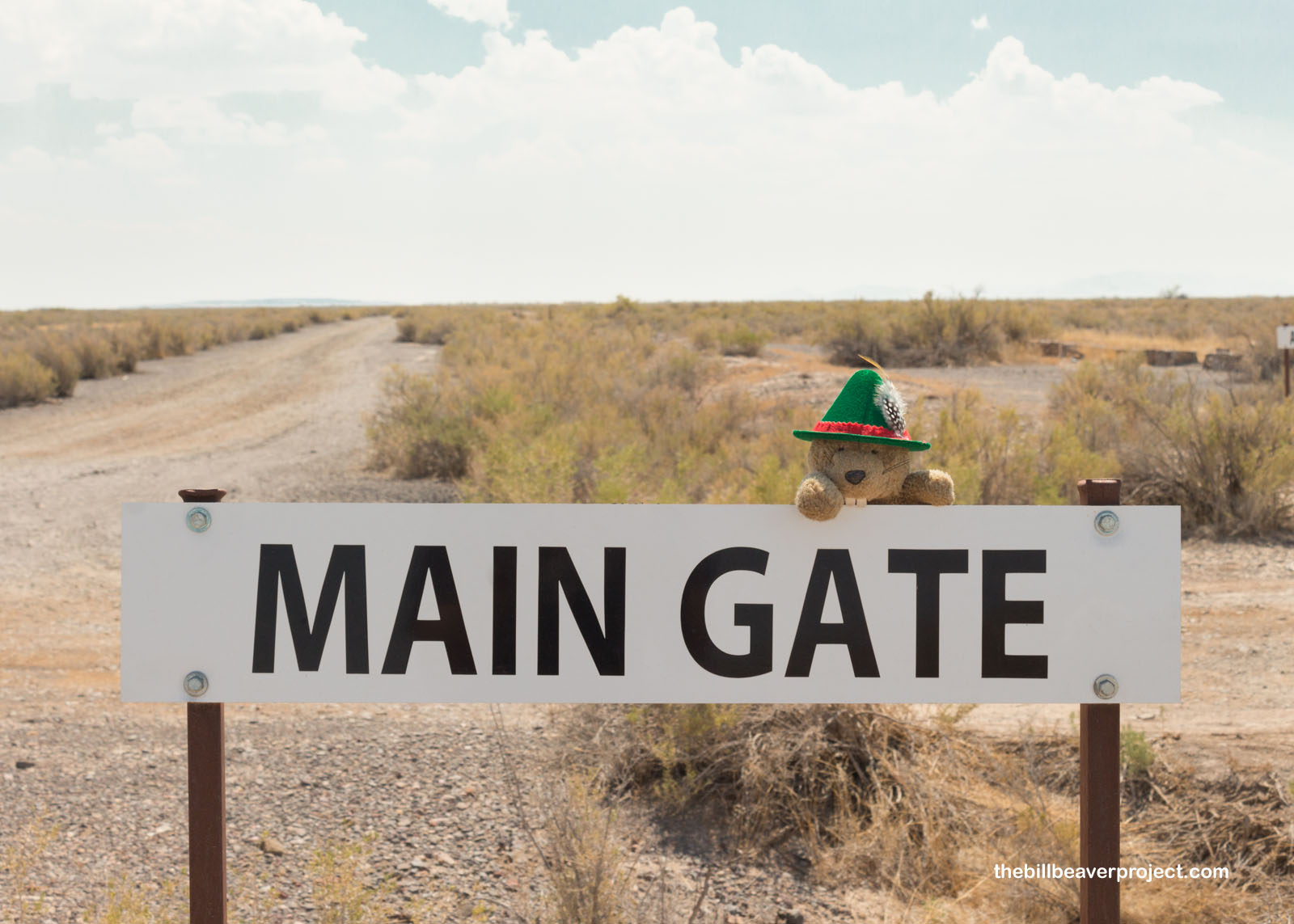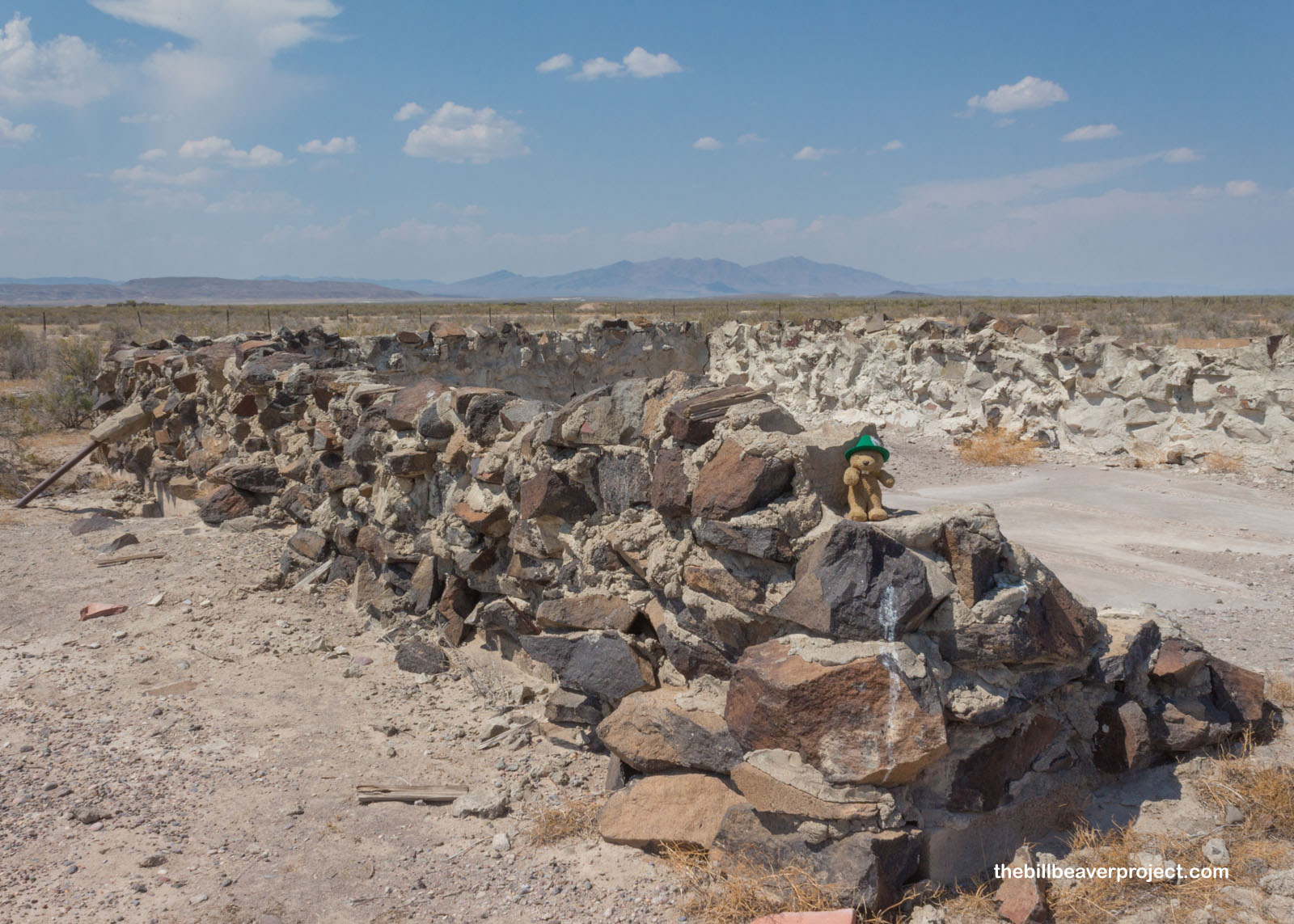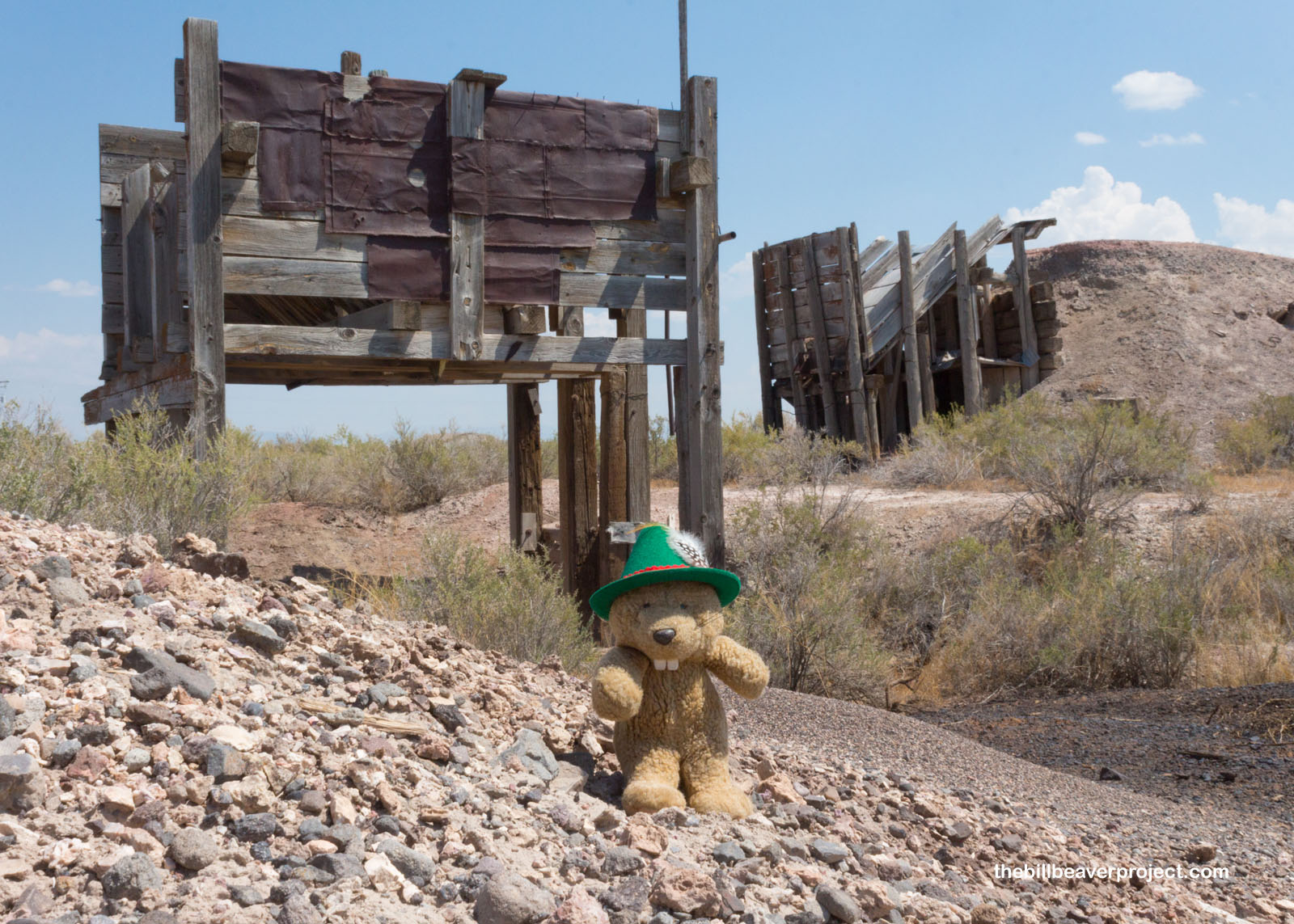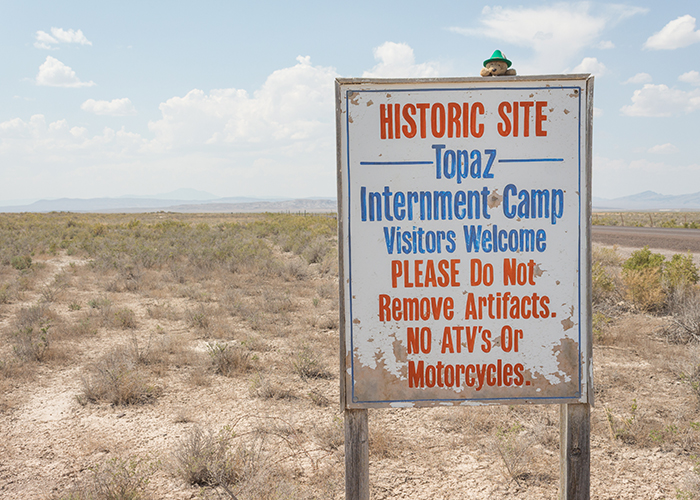| What makes it historical? |
Following Executive Order 9066 in February of 1942, construction began on a large, desert internment camp near Delta, Utah. This Topaz War Relocation Center opened on September 11, 1942, and the government processed over 11,000 Japanese-Americans through this camp. Most came by train from California where they had previously been kept at the Tanforan and Santa Anita Assembly Centers.
When they arrived, many of the internees had to finish building their own barracks (504 in all), each with six rooms, one per family. With no insulation or running water, these families endured freezing desert winters, then scorching desert summers. Some were able to work for $14-19 per month, and those who could get work outside in Delta were charged rent by the camp. Some went off to fight for America in an all-Japanese combat unit, but at least 1,400, who couldn’t answer the two loyalty questions, got transferred to the Tule Lake Segregation Center.
The Topaz War Relocation Center remained open until October 1945, and it took two years to dismantle the buildings. Internees mostly moved east to Salt Lake City, Chicago, and Cleveland, while only a few returned to California. It wasn’t until August 10, 1988 that President Ronald Reagan signed the Civil Liberties Act to authorize compensation, which wasn’t then disbursed until the administration of George H.W. Bush. Each survivor of the camps received $20,000 from the US Government. |
